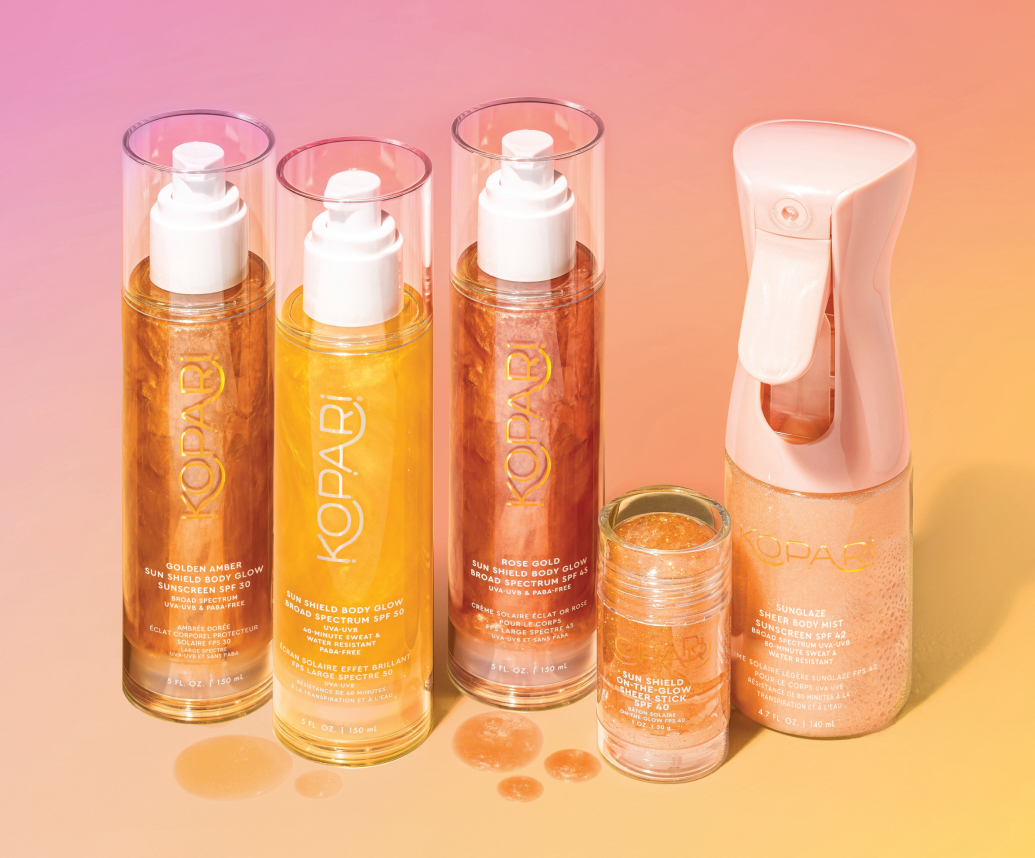
Standing Out In The Increasingly Crowded Sun Care And Self-Tanning Categories
Sun care and self-tanning are sizzling as consumers scoop up products for sun protection and a sun-kissed glow without harmful ultraviolet radiation exposure, but crowding in the categories is making it harder for brands to stand out.
During a recent In Conversation webinar, Beauty independent took a deep dive into the categories when it gathered three founders with brands participating in them: Kiana Cabell, co-founder of Kopari Beauty, Maria Hatzistefanis, founder of Rodial and Nip + Fab, and Bethany Menzel, founder of Saltyface. They discussed the challenges of bringing sunscreens to market and how their products stand out from competitors’ products.
Rodial
Launched in 1999, Rodial started with three core products ranges: Snake for firming and tightening, Dragon’s Blood for hydrating and plumping, and Bee Venom range improving elasticity. Its Vit C brightening range was later introduced to complement the earlier ranges. Rodial’s $105 Snake Serum 02 and $115 Dragon’s Blood Sculpting Gel are its top-selling products. The brand’s selection extended to makeup about a decade ago, and it contains 15 makeup stockkeeping units, including blushes, concealers, foundations and powders.
Inserting sunscreen into Rodial’s product collection wasn’t an easy task. “It took us a good 15 years of running and growing Rodial to be at a place where we expanded into sunscreen,” said Hatzistefanis. “You have to have deep pockets and also a big team to make this happen. Otherwise, you are much better off just doing a serum or a moisturizer or something that’s less complicated.”
Rodial’s SPF 50 Drops took five years to complete. Early testing revealed its initial SPF to be 48. Hatzistefanis approximated that cost of sunscreen testing at as much as 20,000 pounds or about $25,000 for a single product in Europe and the United Kingdom. In the United States, she estimates sunscreen testing costs can rise to $100,000 for the same product.
Along with testing and related costs, Hatzistefanis identified international regulations as roadblocks to launching sunscreens. Available in over 3,000 wholesale accounts in 35 countries, Rodial keeps several sunscreen formulations on standby to adhere to local sun care regulations. Hatzistefanis pointed out that sunscreens often have to be registered in order to sell in specific countries.
“It’s almost impossible to register for a sunscreen product,” she said. “It’s difficult and it takes a lot of resources, it takes a lot of paperwork, and it is also extremely expensive.”

Kopari Beauty
Launched in 2014 with coconut as its hero ingredient, Kopari built its brand equity in skincare, body care and deodorant. Given its fun and beachy branding, expanding its lineup to sunscreen was a no-brainer for the brand. Cabell noted Kopari’s customers were searching for sunscreen on its website long before it was offered.
“It’s hard to do sunscreen right, and most people know it as a white goop in a bottle,” said Cabell. “There’s so much more innovation that has happened, so we’re able to do so much more now. We didn’t just want to put goop in a bottle and charge $45 for it.”
Today, Kopari’s sunscreen range encompasses lightweight sprays, gels, creams and sticks with pearl suspended in their formulations to leave skin glistening. Its social media feed-worthy packaging is designed to be eye-catching. Kopari’s $42 Sun Shield Body Glow in the shade Rose Gold is the brand’s bestselling sunscreen. It features moisturizing ingredients like hibiscus oil, macadamia nut oil and Vitamin E. Cabell mentioned that Kopari’s $39 Sunglaze Sheer Body Mist is one of its most effective products in drawing new customers to the brand.
“When you have that in an ad, it’s drawing people in, and they’re clicking,” she said. “I think if it was just relatively generic-looking, it might not capture the same audience.”
Saltyface
Launched three years ago, Saltyface positions itself as the self-tanning brand for people who don’t self-tan. With user-friendly and lightweight textures, the brand’s tanning waters and foams are intended to be plugged into customers’ skincare and body routines. Menzel underscored the importance of the brand’s ingredient profile in differentiating it from other self-tanning brands. Its key ingredient is sugar beet-derived dihydroxyacetone (DHA).

“So many people have problems with self tanners,” said Menzel. “They break out from using them on their face, and they’re scared about the ingredients. Some self-tanners contain derivatives of petroleum, alcohol and synthetic ingredients. So, I really wanted to create something that gave you that glow and made you feel really good about putting it on your skin.“
Although Saltyface started as a self-tanning brand, it’s beginning to extend its product assortment beyond the self-tanning sub-category. It launched $36 Liquid Bronzer earlier this year. The bronzer can be mixed into moisturizer, makeup or sunscreen for warmth and a boost of hydration. Skincare products are in the brand’s product pipeline as are sunscreens.
“We don’t want to just be seen as a self-tan brand,” said Menzel. “Rounding out the skincare side of our brand is really high on our priority list because our products are filled with ingredients that are really beneficial to your skin.”
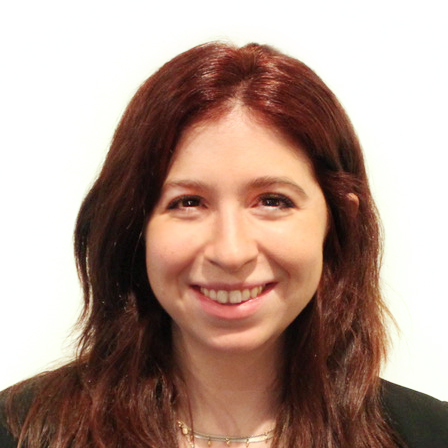
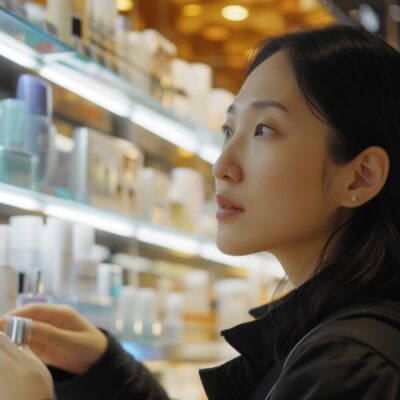

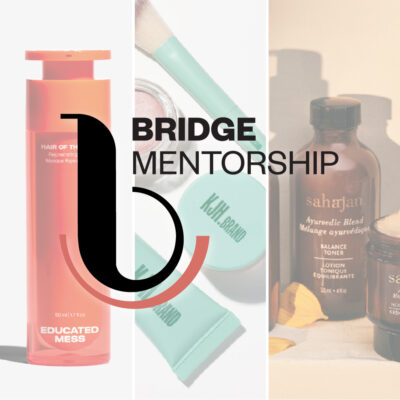
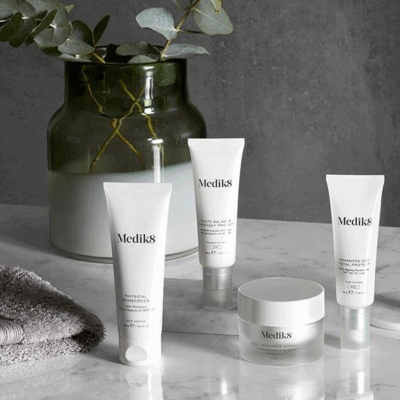
Leave a Reply
You must be logged in to post a comment.